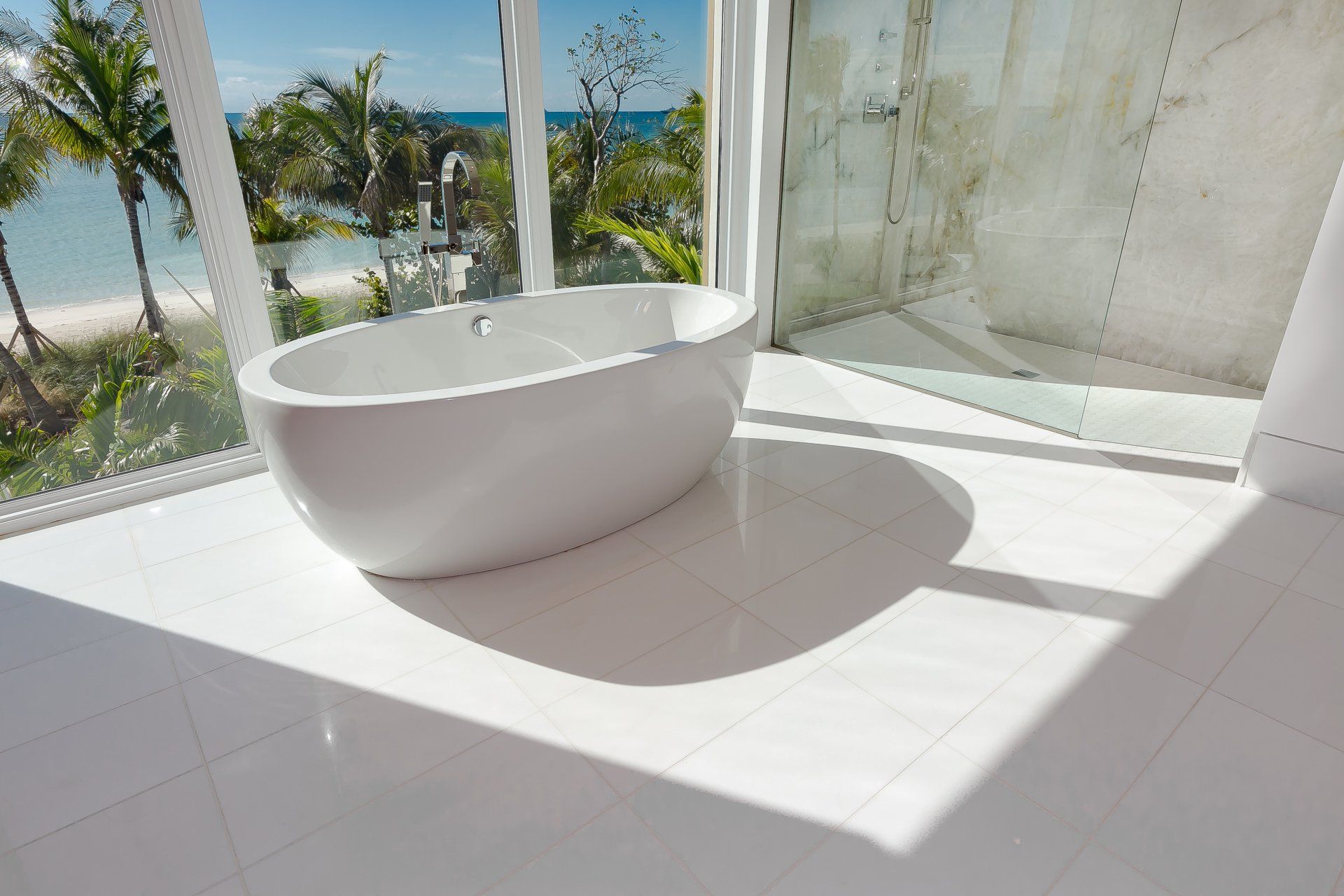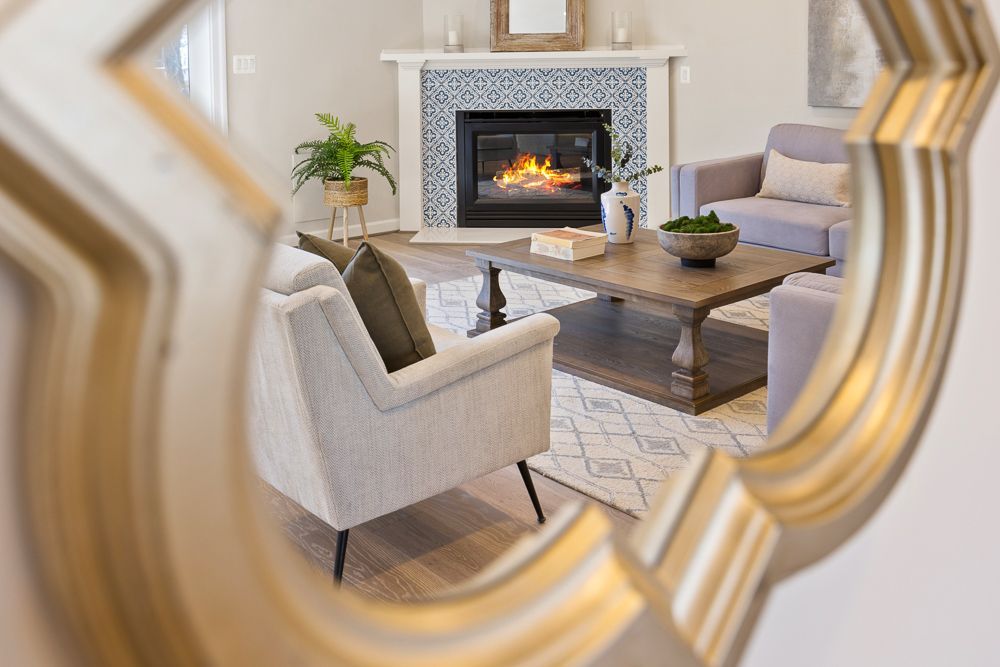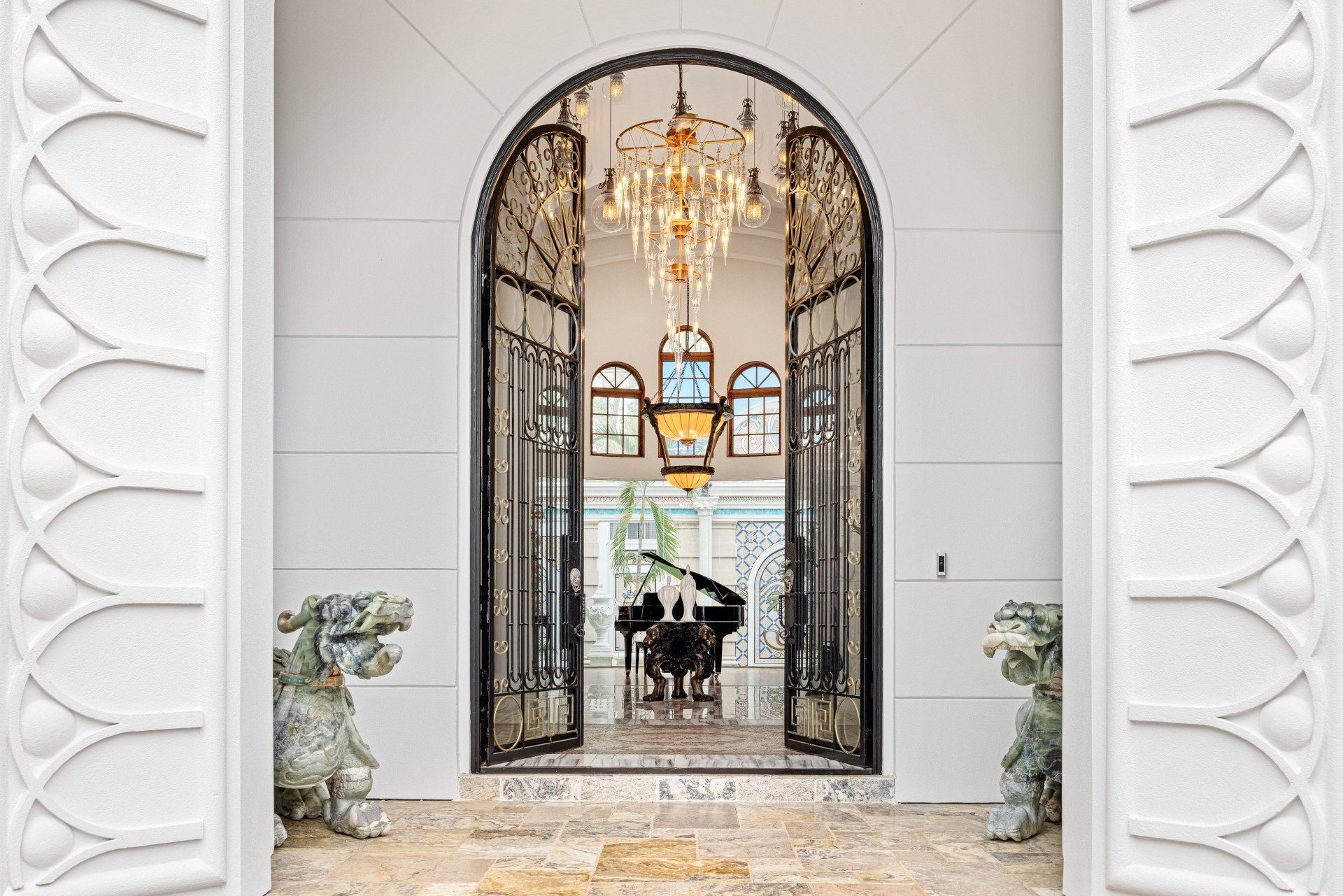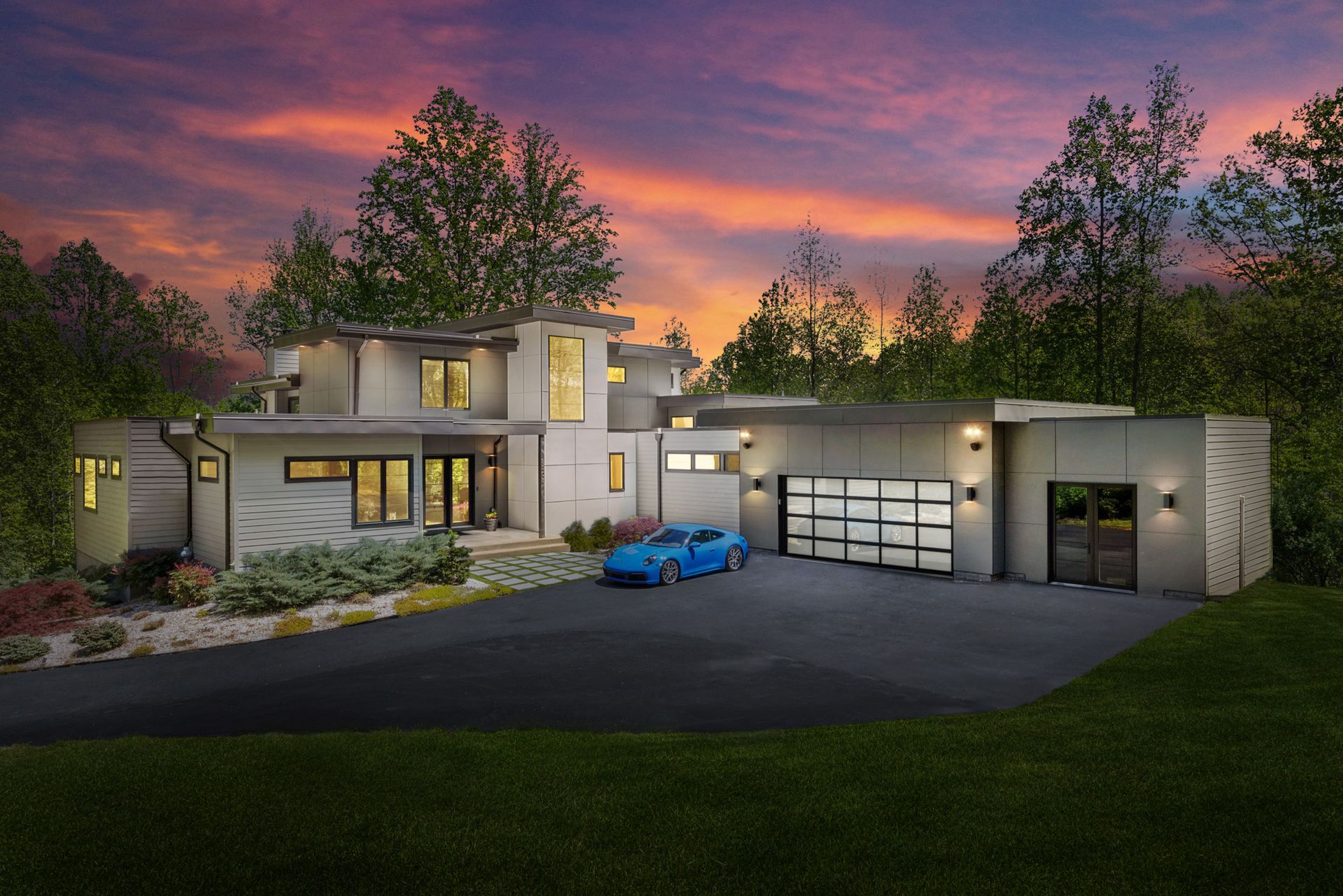Meet Victor Coll, a seasoned expert in the art of in-bound content marketing. With a proven track record in crafting winning content strategies, Victor excels in attracting and engaging audiences organically. His proficiency extends to optimizing content for maximum impact, resulting in increased brand visibility and audience retention. Victor's dedication to the art of in-bound content marketing has helped businesses achieve remarkable growth. Join him as he shares invaluable insights and strategies to empower your content marketing efforts and drive meaningful connections with your target audience.
Virtual Staging vs Real Staging — Which Works Better for Listings?
WHY PAY MORE?
Virtual Staging vs Real Staging — Which Works Better for Listings?
Author: Victor Coll
Direct Answer
Virtual staging works better for most listings because it delivers modern, polished visuals at a fraction of the cost and time of traditional staging. Real staging still has value in luxury or high-end homes, but for everyday listings, virtual staging gives agents more flexibility, faster turnaround, and higher online engagement
Key Takeaway: Virtual staging wins on speed, cost, versatility, and marketing impact

What Real Staging Does Well
Real staging uses physical furniture and décor to prepare a home for showings. It helps buyers understand layout, scale, and lifestyle during in-person tours. Traditional staging excels when:
• The Home Is Luxury Or High-End
• The Seller Wants A Full Walkthrough Experience
• The Market Supports Higher Staging Costs
• The Property Needs Emotional Pull During Tours
Real staging has real-world presence, but it’s expensive and slow.
Key Takeaway: Real staging shines during physical showings — not online.

Bad Lighting Makes Everything Look Low-Value
Dark rooms, yellow tones, and blown-out windows instantly downgrade the entire listing. Even a beautiful space looks underwhelming with bad lighting. Bright, even exposure signals quality and care.
Key Takeaway: Light is the fastest way to raise or lower perceived value

What Virtual Staging Does Better
Virtual staging creates styled rooms digitally, giving agents full control over design and presentation. It outperforms real staging when agents need:
• Fast Listing Prep
• Lower Costs
• Multiple Design Styles
• Clean, Modern Visuals
• Flexibility To Restage Without Reshooting
• Higher Online Click-Through Rates
Online buyers don’t care whether the furniture is real — they care that the space looks inviting.
Key Takeaway: Virtual staging wins the online attention battle.

Cost Comparison: The Gap Is Massive
Real staging typically costs thousands per listing.
Virtual staging costs a small fraction of that — without delivery, setup, or removal.
Real staging:
• Furniture Rental Fees
• Delivery And Setup
• Monthly Storage Costs
• Labor Fees
• Reshoot Costs
Virtual staging:
• One-Time Per-Photo Fee
• Instant Revisions
• Multiple Styles On Demand
• No Labor Or Delivery
Key Takeaway: Virtual staging lets agents stage more rooms for far less money.

Time Comparison: Virtual Is Faster Every Time
Real staging takes days to coordinate.
Virtual staging takes hours — sometimes minutes.
Real staging delays listings when:
• Sellers aren’t ready
• Professionals aren’t available
• Furniture delivery is backed up
• Weather interferes with photography
Virtual staging removes all those obstacles.
Key Takeaway: Virtual staging keeps your listing timeline on track.

Which Produces Better Online Results?
Online attention decides whether buyers ever schedule a showing. Staged rooms — physical or virtual — always outperform empty rooms.
But side-by-side, virtual staging often produces:
• Higher Click-Through Rates
• Higher Save Rates
• Stronger Buyer Engagement
• Better Perceived Value
Why? Because virtual staging can look more modern than the furniture an average stager provides.
Key Takeaway: Buyers click what looks modern, clean, and intentional.

Where Real Staging Still Wins
Real staging makes sense when:
• The Listing Is Luxury
• There’s A High-End Showing Strategy
• The Seller Wants A Premium Experience
• Agents Expect Frequent Walk-In Buyer Traffic
In these cases, real-world presence matters.
Key Takeaway: Real staging wins when showings, not photos, are the priority.

How Hometrack’s AI Studio Delivers Best-In-Class Virtual Staging
Hometrack’s AI Studio enhances listing photos with:
• Realistic Lighting And Shadows
• Accurate Furniture Scale
• Modern Design Styles
• Clean Architectural Integration
• Fast Turnaround
• MLS-Compliant Editing
Agents use it to modernize dated spaces, fill empty rooms, and instantly create the emotional pull buyers respond to online.
Key Takeaway: Hometrack’s AI Studio gives every listing premium, styled visuals without the cost or delay of real staging.

FAQ
Is virtual staging allowed on the MLS?
Yes — as long as you don’t alter the structure or misrepresent the property.
Can buyers tell the difference?
High-quality virtual staging blends naturally. Most buyers can’t tell.
Does real staging still matter?
Yes, especially for luxury listings or show-heavy properties.
Is virtual staging enough for most listings?
Absolutely. Most buyers make decisions based on online photos first.
Can virtual staging increase offers?
Cleaner, modern visuals often lead to more showings — and more competition.
Key Takeaway: Virtual staging and real staging both have value, but virtual staging delivers the fastest and most cost-effective results for everyday listings.















